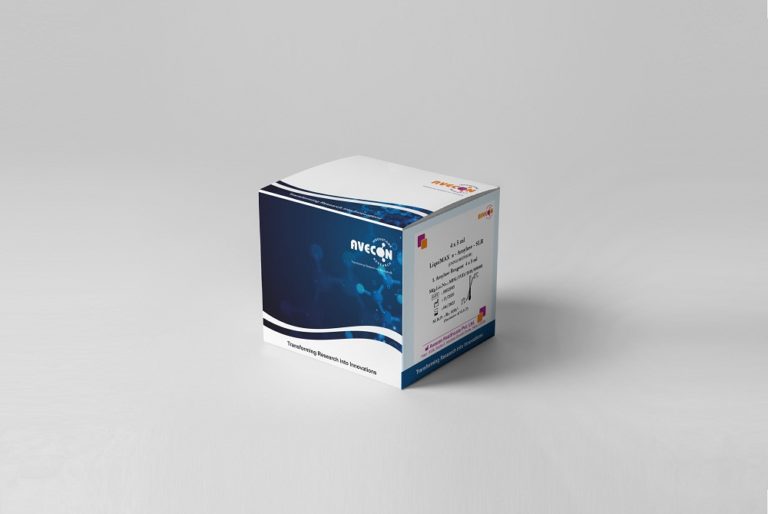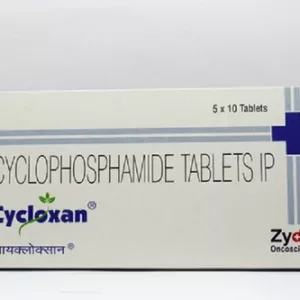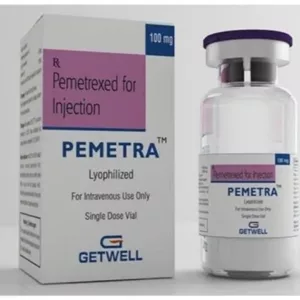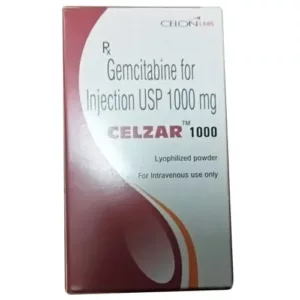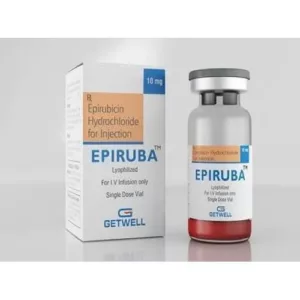The α-amylases (1,4-α-D-glucanohydrolases, EC 3.2.1.1) catalyze the hydrolytic degradation of polymeric carbohydrates such as amylose, amylopectin and glycogen by cleaving 1,4-αglucosidic bonds. In polysaccharides and oligosaccharides, several glycosidic bonds are hydrolyzed simultaneously. Maltotriose, the smallest such unit, is converted into maltose and glucose. Two types of α-amylases can be distinguished, the pancreatic type (P type) and the salivary type (S-type). Whereas the P-type can be attributed almost exclusively to the pancreas and is there fore organ specific, The S-type can originate from a number of sites. Apart from appearing in the salivary glands it can also be found in tears, sweat, human milk, amniotic fluid, the lungs, testes and the epithelium of the fallopian tube. Because of the sparsity of specific clinical symptoms of pancreatic diseases, α-amylase determinations are of considerable importance in pancreatic diagnostics. They are mainly used in the diagnosis and monitoring of acute pancreatitis. Hyperamylasemia does not, however, only occur with acute pancreatitis or in the inflammatory phase of chronic pancreatitis, but also in renal failure (reduced glomerular filtration), tumors of the lungs or ovaries, pulmonary inflammation, diseases of the salivary gland, diabetic ketoacidosis, cerebral trauma, surgical interventions or in the case of macroamylasemia. To confirm pancreatic specificity, it is recommended that an additional pancreas-specific enzyme – lipase or pancreatic-á-amylase- also be determined. Numerous methods have been described for the determination of α-amylase. These either determine the decrease in the amount of substrate viscometrically, turbidimetrically, nephelometrically and amyloclastically or measure the formation of degradation products saccharogenically or kinetically with the aid of enzymecatalyzed subsequent reactions.The kinetic method described here is based on the cleavage of 2-chloro-4-nitrophenyl-α- D-maltotrioside (CNP-G3) by α-amylase
Liquimax Amylase SLR
OthersContact Seller for Price
Shipping is chargableINTENDED USE: Enzymatic in vitro test for the quantitative determination of α-amylase in human serum, plasma.
Product Features :
1. Single Liquid Reagent. Available in mono test packs.
2. Uses CNPG3 as a Direct Chromogenic Substrate.
3. Achives 98% hydrolysis.
4. Reagent system does not require auxiliary enzymes like Galactosidase and
Glucoamylase.
5. One step kinetic assay. Kinetic reaction time 2 minutes.
6. Linearity 2000 IU/L.
7. Kinetic factor 3178 at 405 nm at 37° C.
8. Incorporates Six Sigma methodologies throughout the manufacturing
processes where in theproduct under goes various stringent process checks like
Defining, Measuring, Analyzing, Improvingand Controlling. (DMAIC)
9. No interference from Bilirubin (up to 50 mg/dl), Ascorbate (up to 500 mg/dl),
Glucose (up to 5000 mg/dl).
10. Can be used on any discrete semi automated and automated analyzers.
Free shipping on orders over $10000!
- No-Risk Money Back Guarantee!
- No Hassle Refunds
- Secure Payments
Description
Vendor Info
Vendor Information
- Store Name: Avecon Healthcare
- Vendor: Avecon Healthcare
- No ratings found yet!
